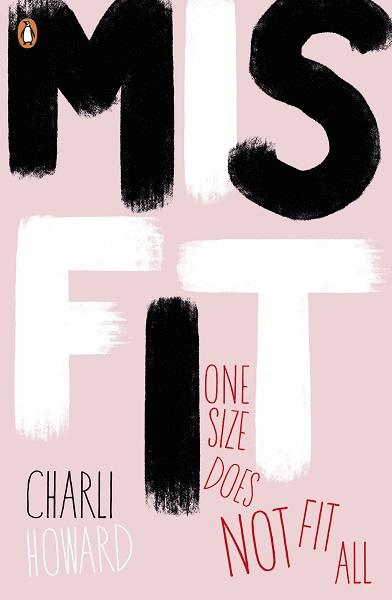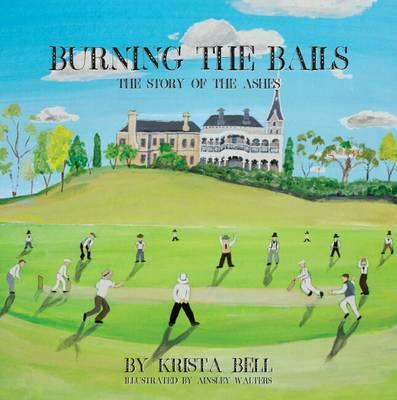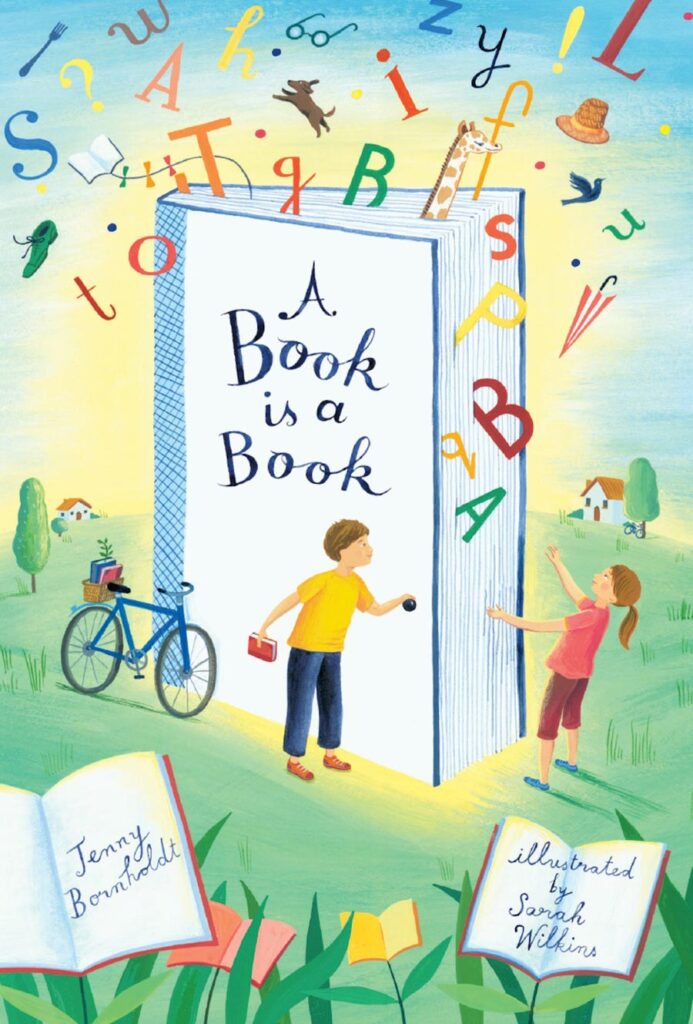Charli Howard, Misfit, Puffin, 26 Feb 2018, 272pp., $29.99 (pbk), ISBN: 9780241328828
So how did a slightly bonkers misfit with anxiety and eating disorders decide to solve their problems? I became a model. As you do.
Charli Howard’s autobiography begins in her pre-teen years, when she first experiences obsessive feelings while identifying as a dog. As she grows into a young woman at school, then university and finally in the work force, she takes modelling jobs whenever she can, and faces a range of difficulties including OCD, anxiety, anorexia and bulimia.
After years of being made to feel too fat to be a model, Charli is fired from a major UK modelling agency for being “overweight”, despite being clinically underweight at the time. She vents her anger in a Facebook post, which goes viral. This thrusts Charli into the spotlight, which leads to her being widely applauded for taking a stand against the unfair standards victimising women in the fashion industry.
In an even more positive ending, Charli joins the books of a top US modelling agency and eventually moves over to their “plus-sized” list. She loves this work, stops starving herself, and gradually finds a stronger sense of self-worth that is less dependent on the opinion of others.
This book is a cry to the world that beauty does not equate with being thin – a message that’s often in stark contrast to what today’s young women see on a daily basis in social media and advertising.
A girl’s teenage years can be such a fragile time; struggling to find a sense of identity and worth. It’s a time fraught with insecurity, anxiety and social group problems. I was therefore glad to read the warning in the preliminary Dear Reader pages of Misfit about the “triggers” that exist in Charli’s account. Even though I am not in the target readership demographic, I still found the experience of reading the first two-thirds of the book quite uncomfortable and confronting. It’s daunting to enter Charli’s head-space of negativity and powerlessness, and witness her frequent bouts of starving and purging. It is also difficult to “stand by” as Charli hides her damaging behaviour from others, explains it away to herself as insanity, dismisses her parents and makes no move to seek help.
However, if readers persist to the story’s conclusion, there are some powerful messages to absorb. One is that it is better to stand out while feeling comfortable in your own skin, compared to fitting in while feeling bad about yourself.
My own teen daughter picked up this book and kept on reading. She told me that Charli’s story was very relatable. She also liked the book’s large, easy-to-read type. A quick internet search revealed that many teen readers agree about the relatability factor.
If read in its entirety (subject to readers’ sensitivities) Misfit makes an interesting and ultimately uplifting read. It may help teens to feel less alone in dealing with their own issues, and could help to open the door to constructive dialogue.
A list of various UK Helplines is provided at the back.
Reviewed by Julie Murphy






